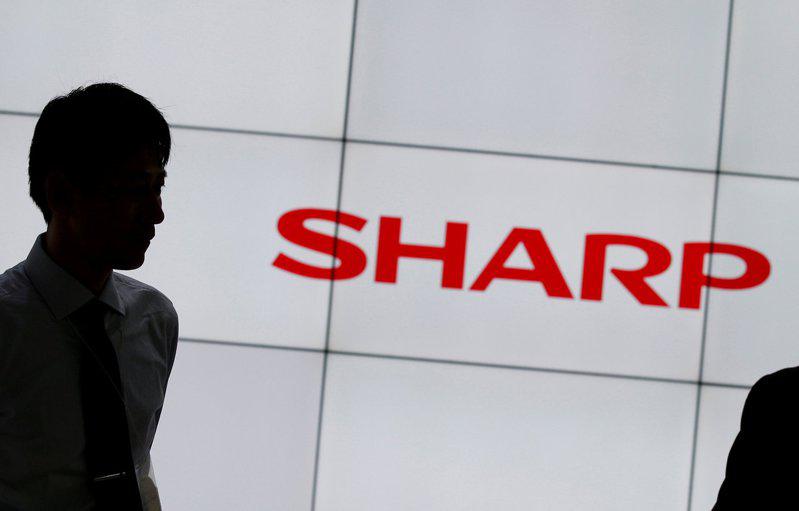According to media reports, Intel and its 14 Japanese partner companies will use Sharp's LCD factories in Japan, which are not fully operational, to research cutting-edge semiconductor production technologies, a move that will reduce the alliance's costs and provide the struggling electronics companies with the funding they need.
As the global demand for high-performance chips continues to grow, Intel Corporation is always looking for new ways to expand production capacity and improve technology. At the same time, Sharp is facing the problem of low factory utilization due to sluggish sales of LCD panels. In this context, the cooperation between Intel and Sharp came into being, aiming to achieve mutual benefit and win-win results for both parties through shared resources and technological innovation.
Intel will work with 14 Japanese partner companies, including Omron, Resonac Holdings, and Murata Machinery, to conduct chip research at Sharp's LCD factory. Together, these partners will develop a back-end chip production process, including assembly, that leverages the existing cleanroom environment at the Sharp facility to reduce the impact of particles and dust on throughput during production.

figure:Intel and partners companies use the Sharp factory for chip research
Sharp's LCD factory originally produced large TV panels, but due to changes in market demand, the factory utilization rate dropped to about 10%. Through the partnership with Intel, Sharp was able to not only improve the utilization of its factory, but also transform its display factory into artificial intelligence and semiconductors, exploring new business growth points.
The focus of this collaboration is on research on cutting-edge semiconductor production technologies. Intel and its partners will use Sharp's LCD factory for chip R&D and production, especially in the back-end chip production process such as assembly. By introducing new technologies and processes, these companies can further improve the performance and quality of semiconductor products to meet market demand.
In addition, the partnership will help reduce alliance costs. Due to the joint participation of multiple enterprises, R&D resources, production equipment and management experience can be shared, thereby reducing the overall research and production costs. This is of great significance for improving the competitiveness of the semiconductor industry and promoting industrial upgrading.
For Sharp, this partnership is also an important step in its transformational development. Sharp's market share in the liquid crystal display field has gradually declined in recent years, and in order to seek new growth points, the company is transforming into artificial intelligence and semiconductors. By partnering with companies such as Intel, Sharp can transform its idle LCD factory into an advanced semiconductor production base, bringing new revenue streams and growth drivers to the company. In addition, Sharp plans to work with telecom operator KDDI to transform the Sakai factory into one of the largest AI data centers in Asia.






